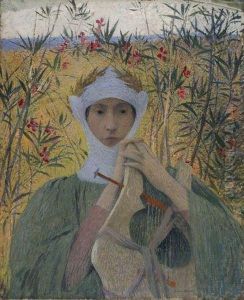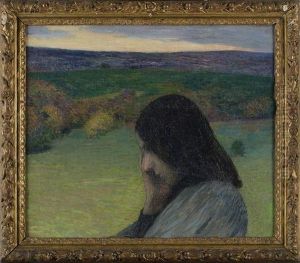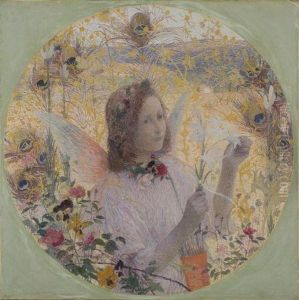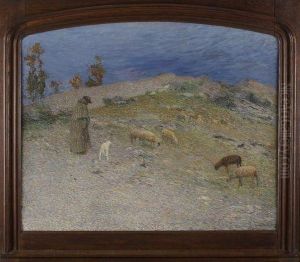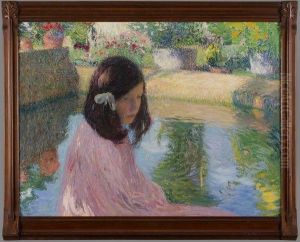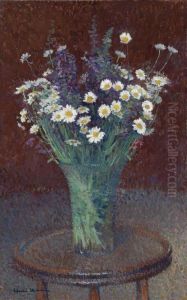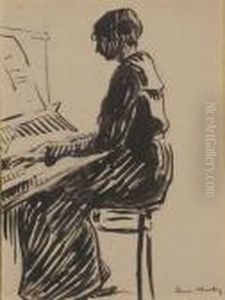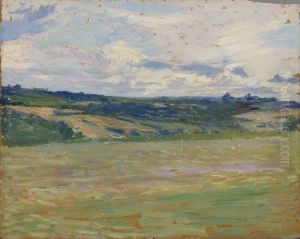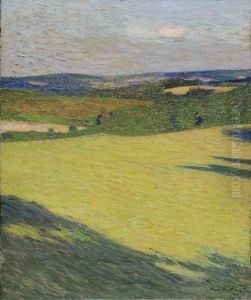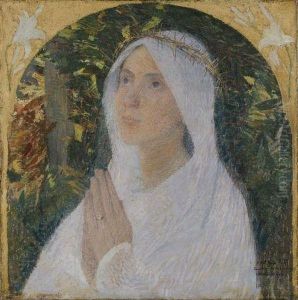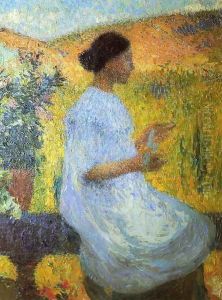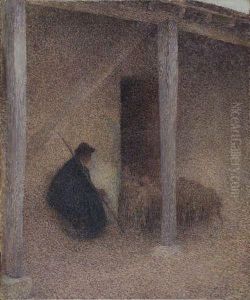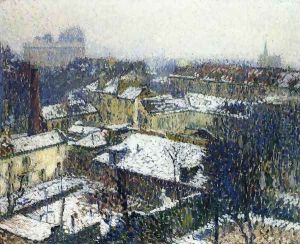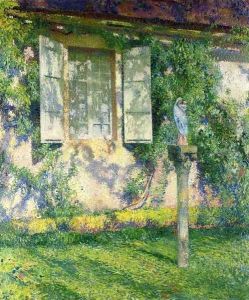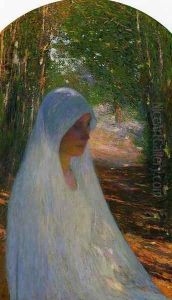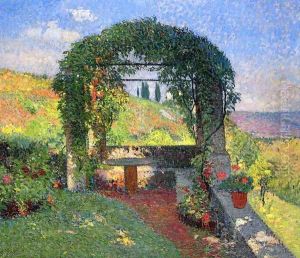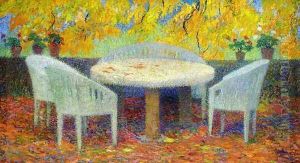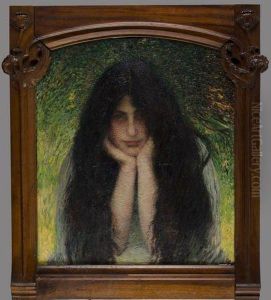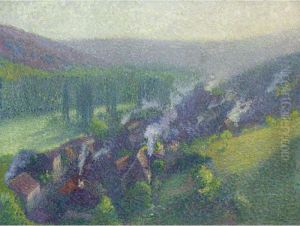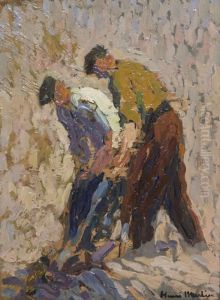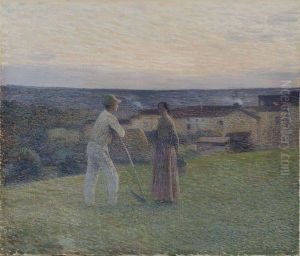Henri Martin Paintings
Henri-Jean Guillaume Martin was a renowned French impressionist painter born on August 5, 1860, in Toulouse, France. Martin developed a distinct style that combined elements of impressionism with a more traditional, academic approach to painting, which is sometimes referred to as 'Intimism'. His work is characterized by a gentle, harmonious palette and a delicate touch, often depicting tranquil landscapes, gardens, and rural scenes.
Martin showed artistic talent from a young age and attended the Toulouse School of the Fine Arts. He moved to Paris and continued his studies at the École des Beaux-Arts under the tutelage of Jean-Paul Laurens, a history painter. Martin's early work was influenced by the academic style, and he gained recognition after winning a scholarship, the Prix de Rome, which allowed him to study at the Villa Medici in Rome from 1885 to 1889.
During his time in Italy, Martin was deeply influenced by the Renaissance masters and began to incorporate the play of light and shadow he observed into his own work. Upon returning to France, he settled in Paris and started to experiment with a pointillist technique, which involved painting with small, distinct dots of color. This technique is evident in his landscapes and rural scenes, which evoke a sense of peacefulness and timeless beauty.
Martin achieved significant success in his lifetime. He was awarded the Knight of the Legion of Honor in 1900 and became an officer in 1914. His works were exhibited at the Salon and other prominent exhibitions, and he received numerous commissions for public and private decorations, including murals for the Hotel de Ville in Paris.
Despite his success in public commissions, Martin is best known for his intimate, atmospheric landscapes that reflect the beauty of the French countryside, particularly the region around his home in Labastide-du-Vert. He often worked en plein air, capturing the changing light and seasons with a subtle, lyrical quality. His paintings are celebrated for their poetic and serene qualities, which offer a retreat from the rapid modernization of the early 20th century.
Henri Martin passed away on November 12, 1943, in Labastide-du-Vert. His legacy lives on through his contributions to the post-impressionist movement and his influence on future generations of landscape painters. Today, his works are held in collections around the world and continue to be admired for their tranquility and impressionistic beauty.


